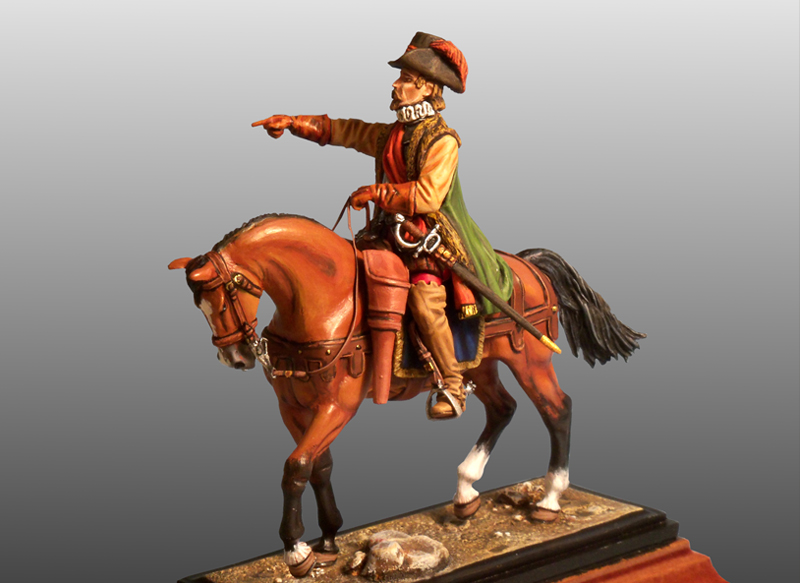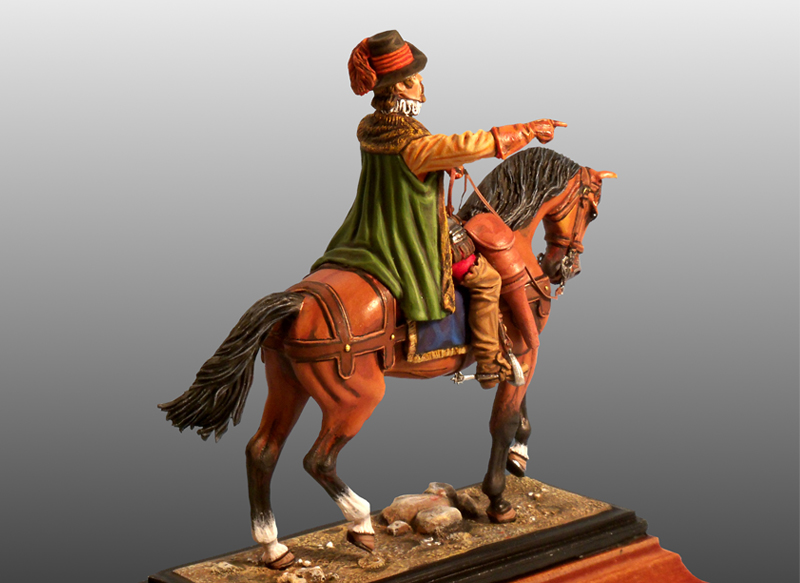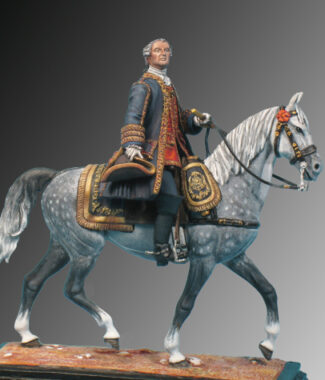In 1571 he participated as deputy of Don John of Austria in the decisive held by the fleet of the Holy League in Lepanto against the Turkish. Six years later, Don John de Austria, who was then governor of the Netherlands, put him in charge of the Italian tercios, and at their command he undertook the cam-paign of Flanders. Alexander Farnese defeated the insurgents in Gembloux and recovered the southern Catholic provinces.
In 1578, Philip II confirmed the proposition made by his stepbrother John of Austria before dying, and Alexander Farnese was appointed governor of the Netherlands. In the performance of this position, his troops occupied Maastricht and he negotiated with the Walloon Catholics the Treaty of Arras (1579).
The treaty extended the validity of the Perpetual Edict, signed two years earlier, which established among other points the recognition of the rule of Philip II, the maintenance of the Catholic religion in all the states, and the withdrawal of the Spanish tercios from the Netherlands.
Farnese, who had refused to share his political power with his mother, as Philip II wished, was unable to maintain the siege of Cambrai and ceded Antwerp the following year. The long war that followed, during which Alençon died and the Duke of Orange was assassinated, concluded in 1585 with the occupation of Brussels and Ghent and the recovery of Antwerp by Farnese’s forces, which meant the incorporation of Flanders and Brabant to the cause of the southern provinces.
In 1586, when his father died, he inherited the duchies of Parma, Plasencia and Guastalla, but gave his administration over to his son Ranuccio and continued in Flanders. A year later he successfully confronted an English force commanded by the Duke of Leicester, who had come to the aid of the Union of Utrecht. However, the disaster of the Spanish Armada weakened his position and compromised Spanish power in the area. Despite this, in 1590 he went to France to help the Catholic League and, after having forced the French to lift the siege of Paris, defeated the army of Henry IV at the Battle of Ligny.
Immediately afterwards he had to provide support to the city of Nimeguen against the siege Maurice de Nassau’s troops. After liberating the city, hostilities continued and spread on different fronts. As a result, it became increasingly difficult for Farnese to maintain the territories, given the exhaustion of his troops and the greater aid of the English to the rebels. In 1592, his army liberated Rouen, surrounded by the French army of Henry IV, whom he defeated again at the Battle of Aumale. This secured the supply of Paris. Shortly after he returned to Flanders, where he died as a result of the wounds received in the battle of Caudebec, fought against the French army.
The figure shows Farnese during the liberation of Ghent (1585). He is wearing an Italian half armor, high boots, a coat which denotes his social status, and a hat more according to the civil style than to the military. It can be appreciated that he is also wearing the band of general, made in red silk, which crosses his chest from his right shoulder to his waist.








Reviews
There are no reviews yet.